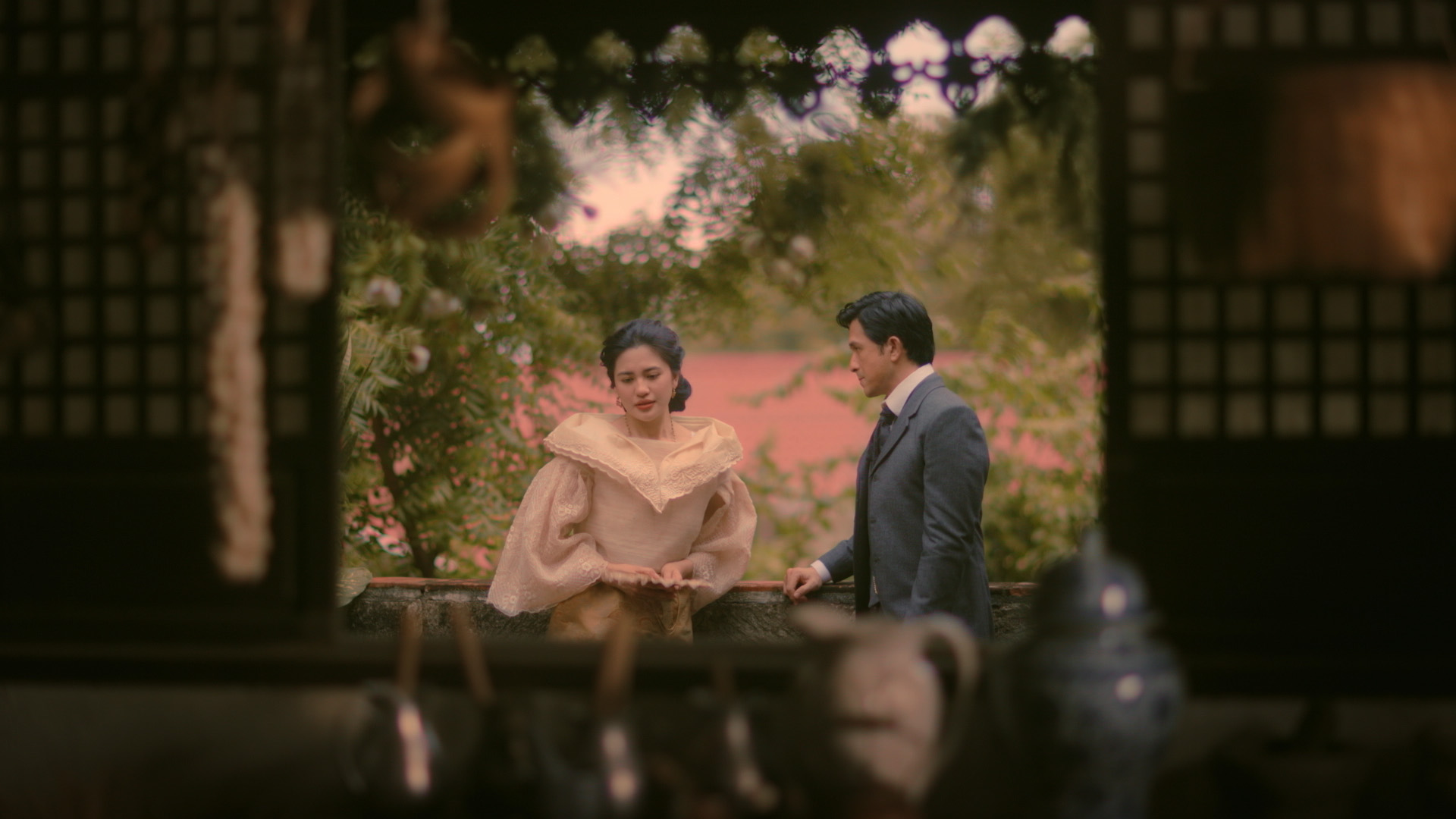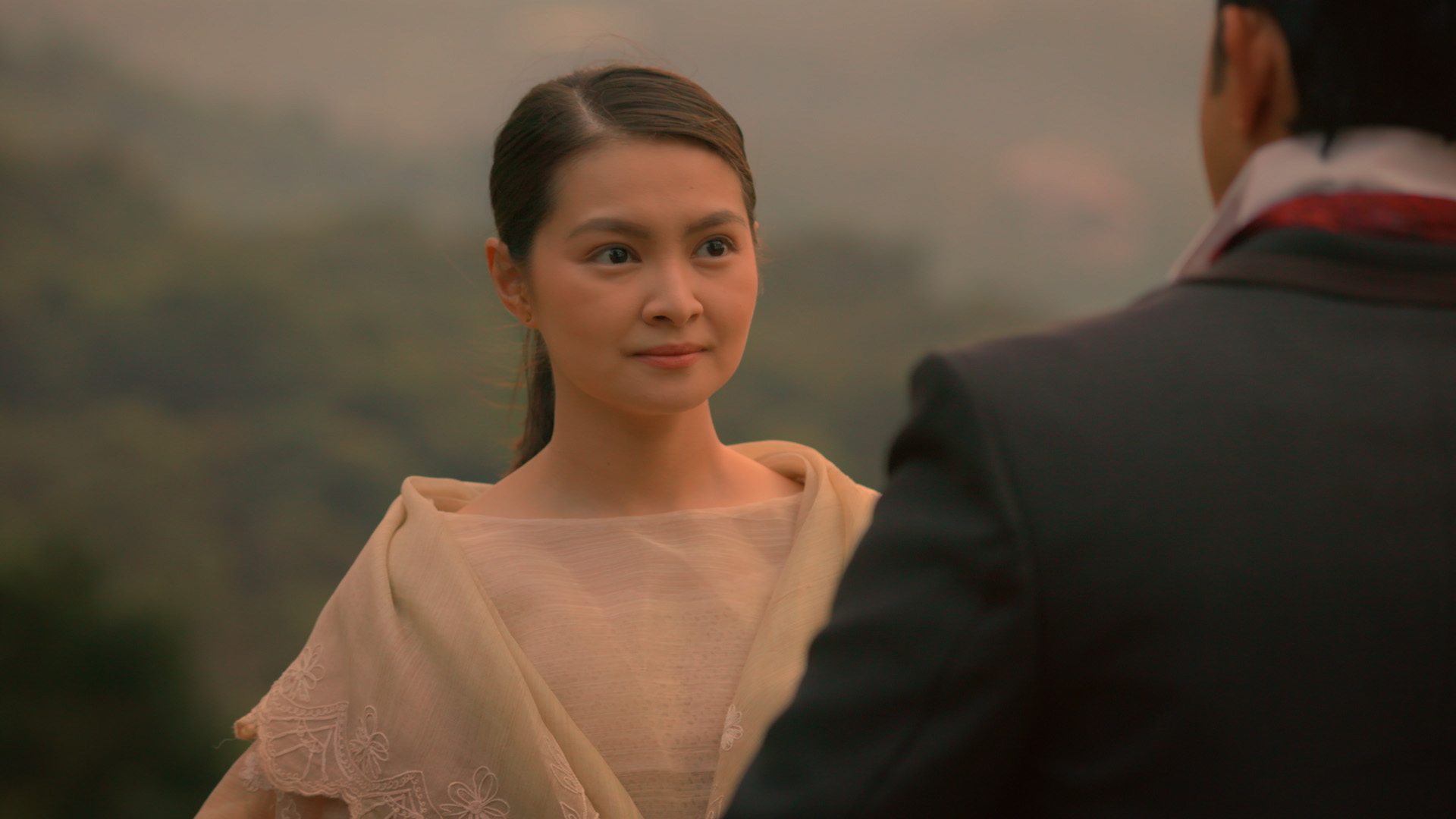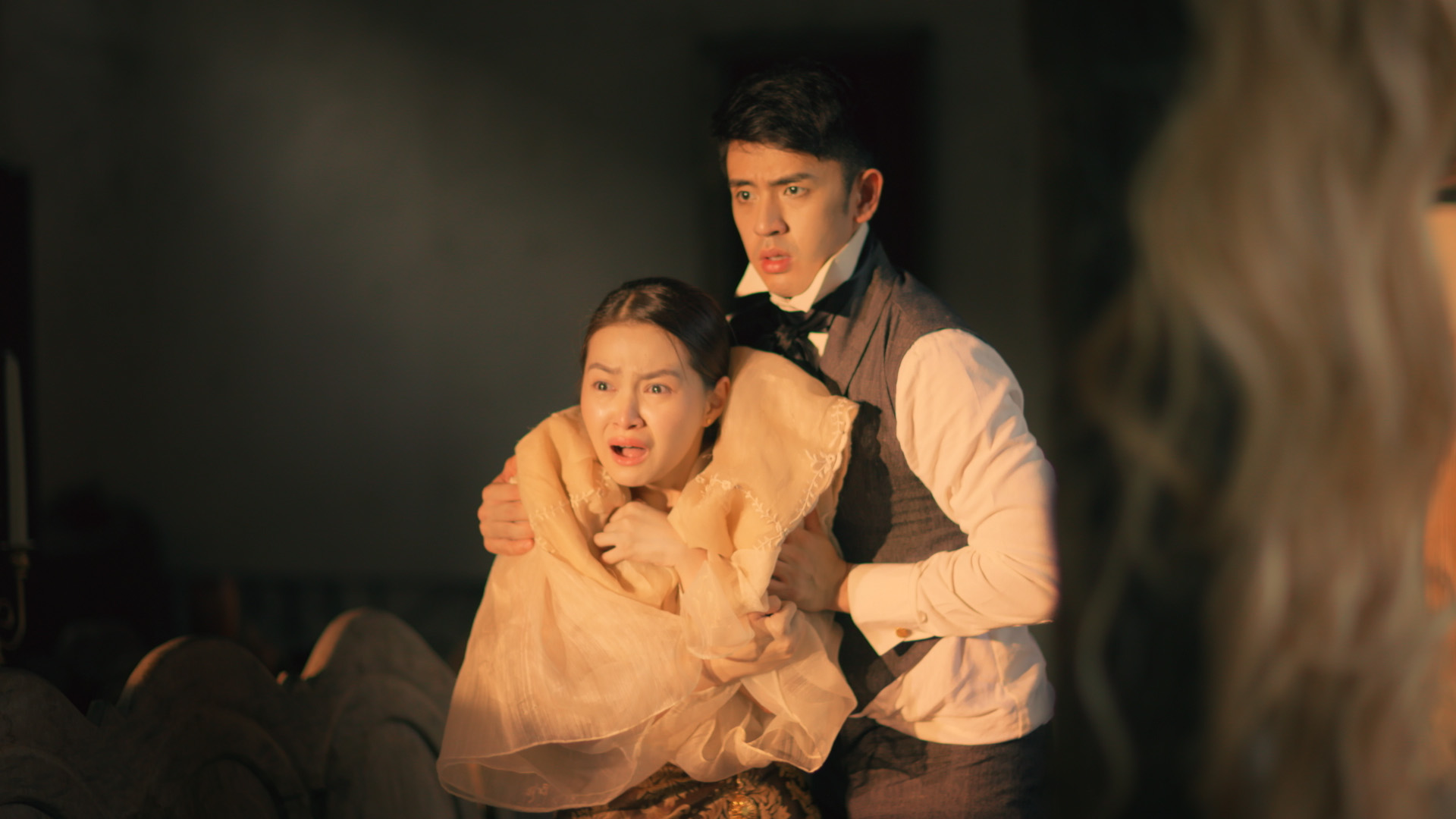Maria Clara at Ibarra marries history with a modern twist of storytelling. With its continued streaming hype, is it an essential watch?
Making sense of history is a tricky thing, especially when it’s teaching and learning combined. Some people perceive the concept of the past as a mere subject, a far-fetched reality. Then comes Maria Clara at Ibarra and its attempt to find a place for a Gen-Z character for those living in 1884. Truthfully, it is an ambitious and courageous attempt. But if there’s anything that history teaches us, it is how we tell it that makes all the difference.

RELATED: GMA Champions the Modern Retelling of History in ‘Maria Clara at Ibarra’
Touch of the old
Building a world from the past can be as tricky as imagining the future, but GMA Drama nailed the nitty gritty details to the dot. With filming locations in Ilocos, Pampanga, Bulacan, and Intramuros, plus the specifics of the butterfly sleeves and the men’s layers of clothing, Maria Clara at Ibarra set the minds of the audience that they would be time traveling along with the protagonist, Klay. The heart of Rizal’s Noli Me Tangere and El Filibusterismo remained intact with the essential plot points included such as the tinola outburst and Ibarra’s climatic realizations. The events unfolded in a familiar way that the viewers knew what would happen, but would also be left asking, “Then what happens now?”

As a voice is essential in the way a story is delivered and perceived by many, Barbie Forteza portrayed the role of the initially do-without-history nursing student Maria Clara “Klay” Infantes with relatability, especially for the youth today. Her detached-turned-charmed curiosity to Noli Me Tangere, along with her character’s natural spunk to stand up for herself, added a layer of subversion to the misogynistic ways during the Spanish era.
Feel of the new
Forteza’s Klay approached the world of old Philippines with a realization of her present struggles, which is something that resonated with the majority of Filipinos. While transporting oneself to the world of the fictional tale would be impossible, immersing ourselves to our classical stories through the series created the same effect. Because the relearning of history happens in a manner of entertaining viewers, it didn’t feel like an imposition, a requirement. It’s a creative journey at best with the show. Through Maria Clara at Ibarra, the past became touchable through our actions in the now.

All in all, Maria Clara at Ibarra is a tale of weaving two realities into one narrative, creating a marriage of worlds with different timelines, but similar desires—to free ourselves from oppression, to find a world where justice is the norm and not something to fight for. At a time when one click or move distorts information, creative truth-telling is perhaps the way to go. And with its assertive lead and clever storytelling, the show succeeds in sending a message that to never forget means to never stop writing, teaching, and learning history.
Photos from NETFLIX










